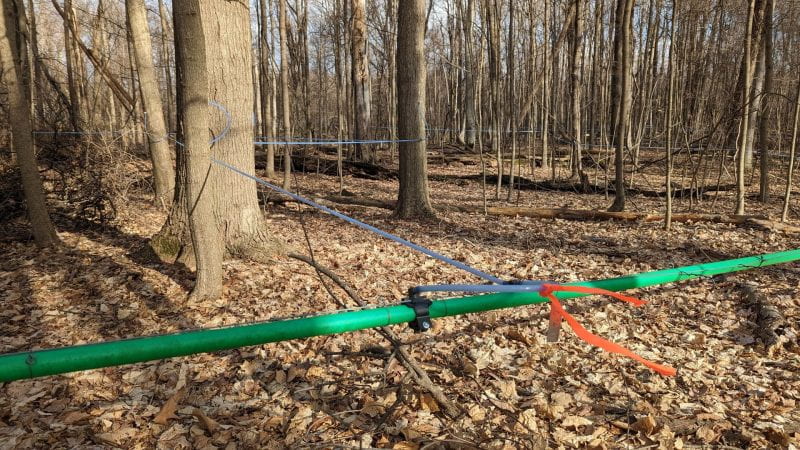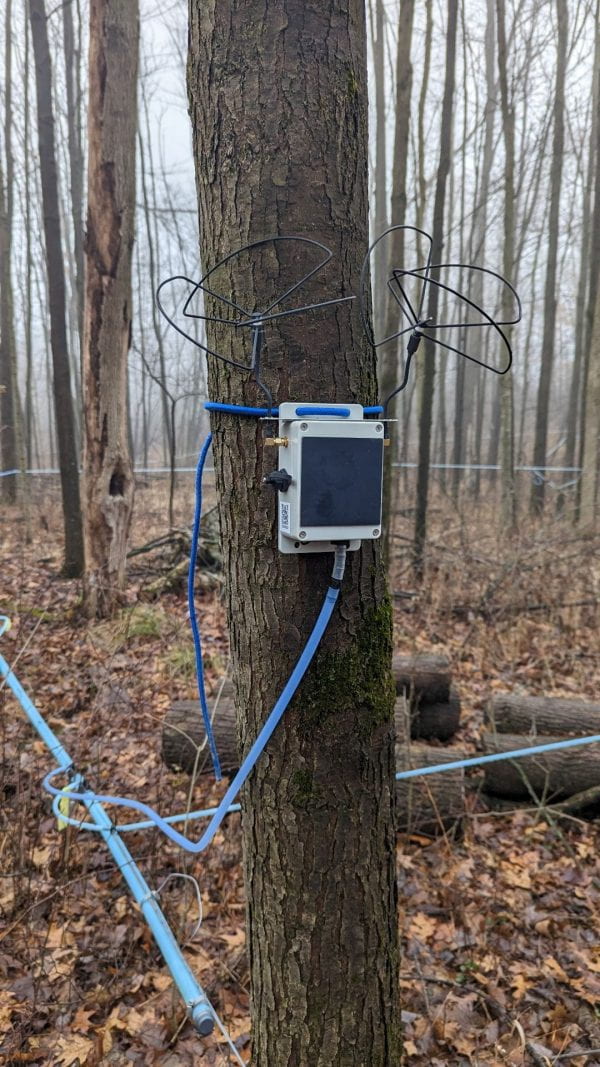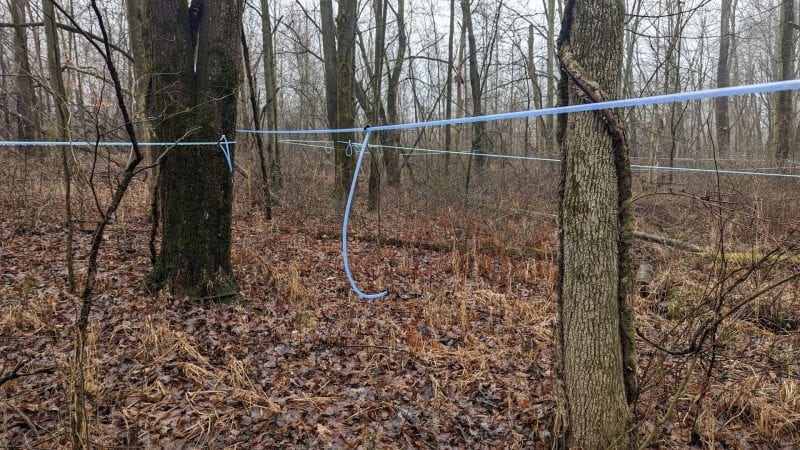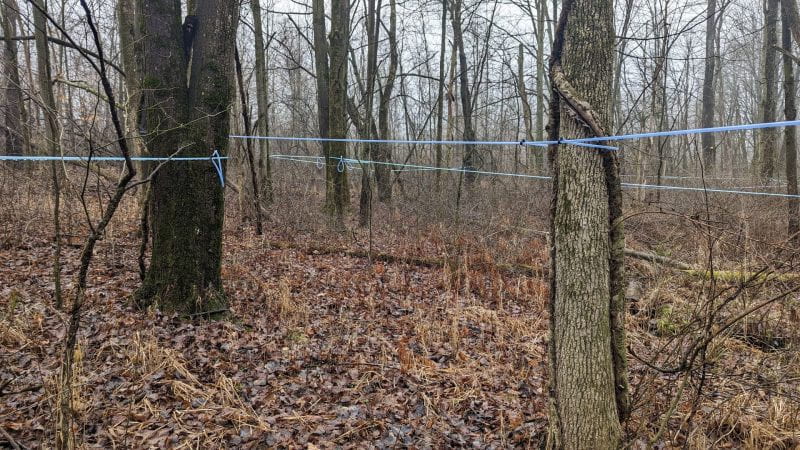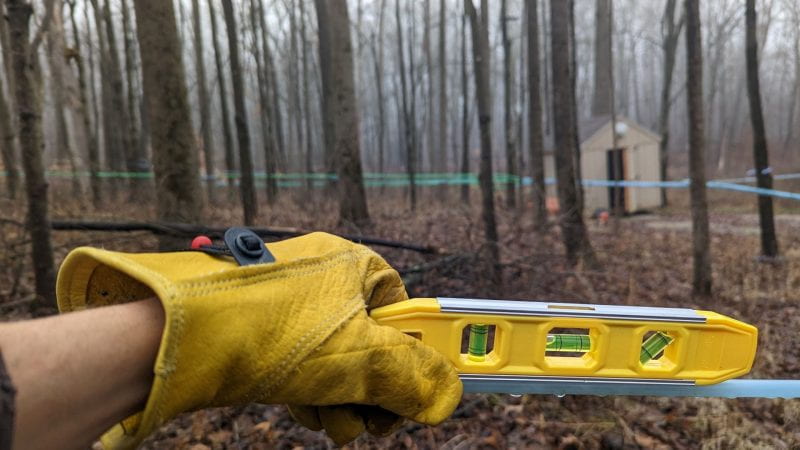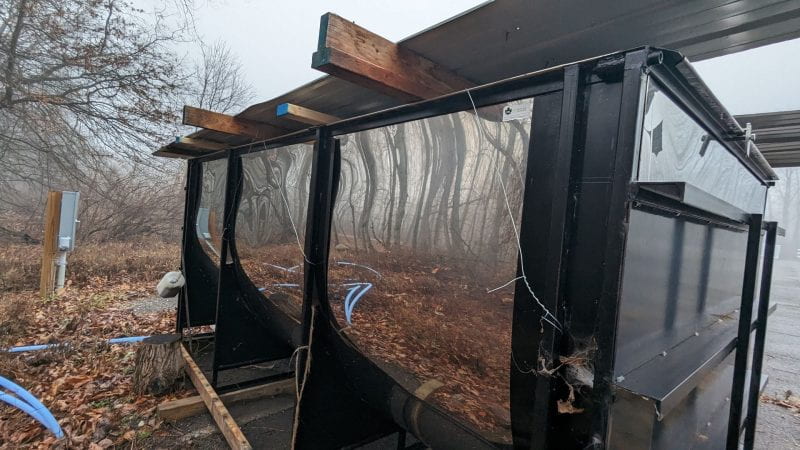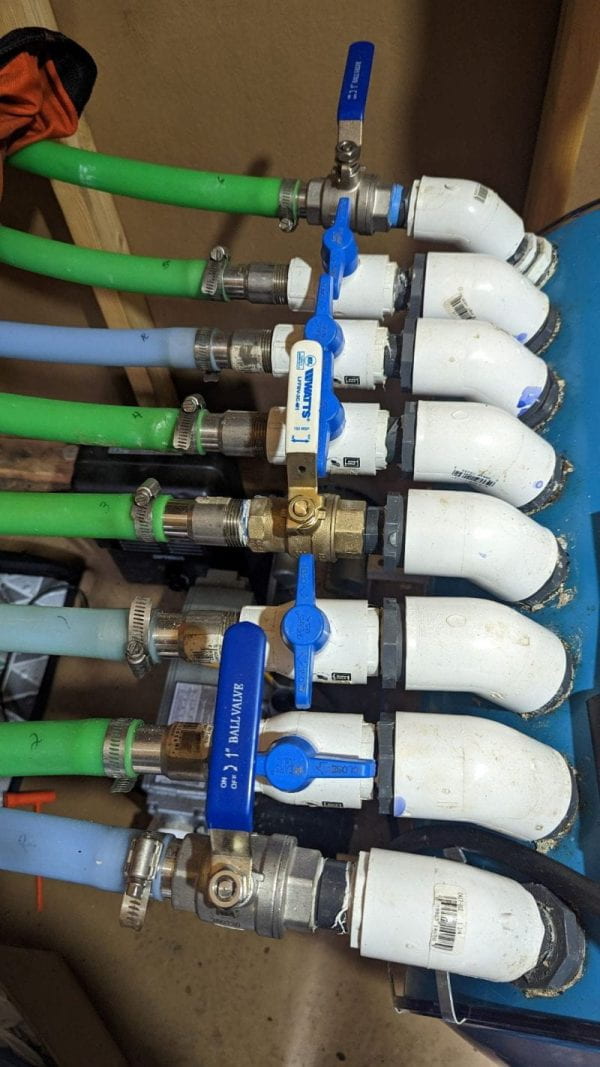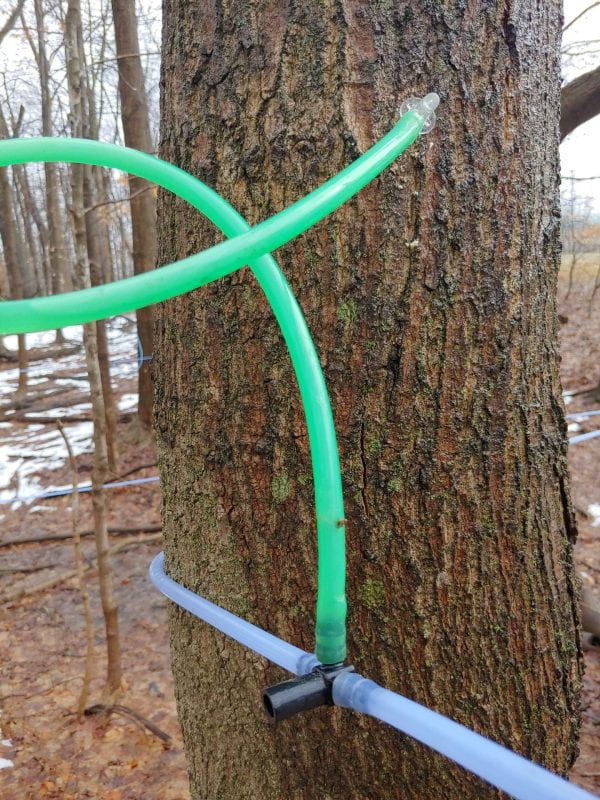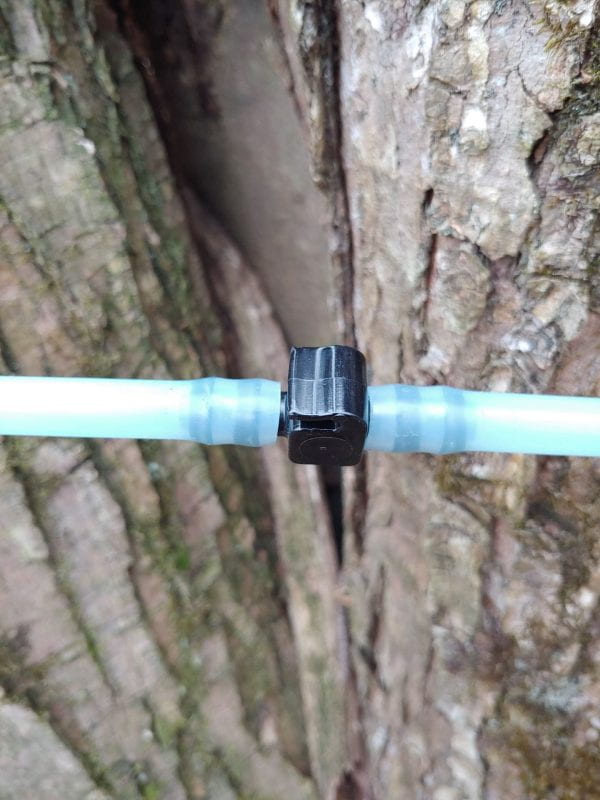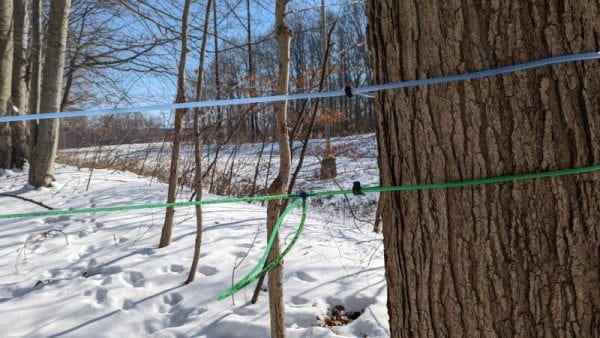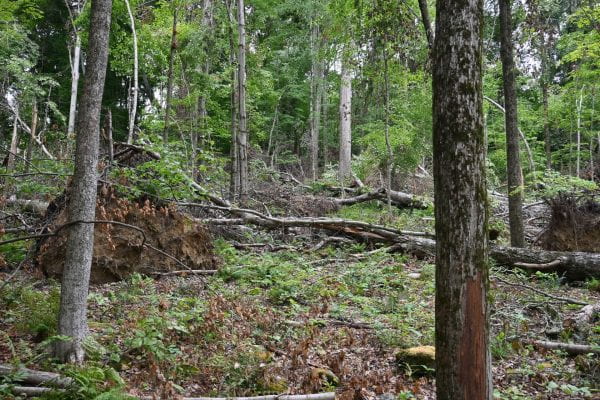Thanks for Les’ contribution last Monday in his post – Is February the New March? This is a more Mansfield-centric take on the 2024 season with a more in-depth analysis of statewide Growing Degree Days to compliment last week’s content.
What a season! That sums it up in all the best and worst ways. I stand by the words I typed in my 2/19 post – I believe we nailed our tapping date just about perfect. The first run to follow was a marathon of 7 or 8 straight days, and the second run of the year culminated in our making syrup off the new OSU teaching evaporator for the first time ever. Though many producers’ woods performed below average in terms of sap sugar, our Brix registered consistently at 2.0. Talk about some highs.
We knew better. The weather folks are not infallible, but there was no denying the forecast that lurked. Warm, warm, and more warm. But unexpectedly, February 21st was the death blow for our season. While we were over at Malabar Farms helping out with an NRCS workshop on maple, our pump decided to quit working. Without vacuum, the productive days of our season were over. With a full season, we would likely have stayed tapped in until March 4th and posted one of our better season totals. As it turned out in reality, the 2024 season ended on a low.
Looking more broadly around the state, the progression of Growing Degree Days (GDDs) was alarmingly early yet again. If there any producers still resistant to the idea of tapping earlier than more traditional dates, then I don’t know what it will take to change minds.
Observe – Click Play for an animation of GDDs from 2021 (below). Pay attention to 2 data points in particular. First, the GDDs accumulated through March. Second, the scale of GDDs on the legend.
Now, you don’t even need to see a similar video of 2024’s GDDs to know we covered lots more ground in fewer days than the previous year’s example. Long story short, earlier AND hotter. Hello sap season double whammy, goodbye sanitation! I don’t believe many producers will be heard pining – “Boy! What I wouldn’t give for another season like 2024!” And if you did hear such a remark today, then you probably also heard them quip – April Fool’s!!























